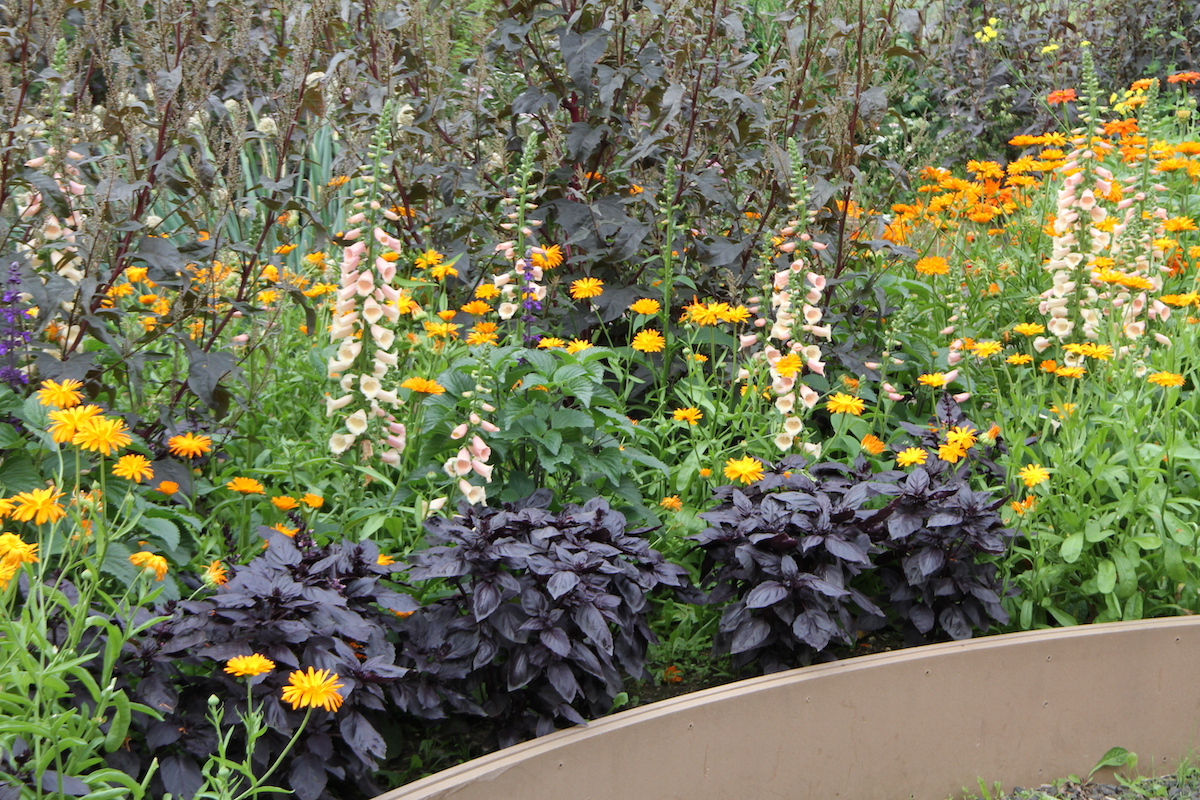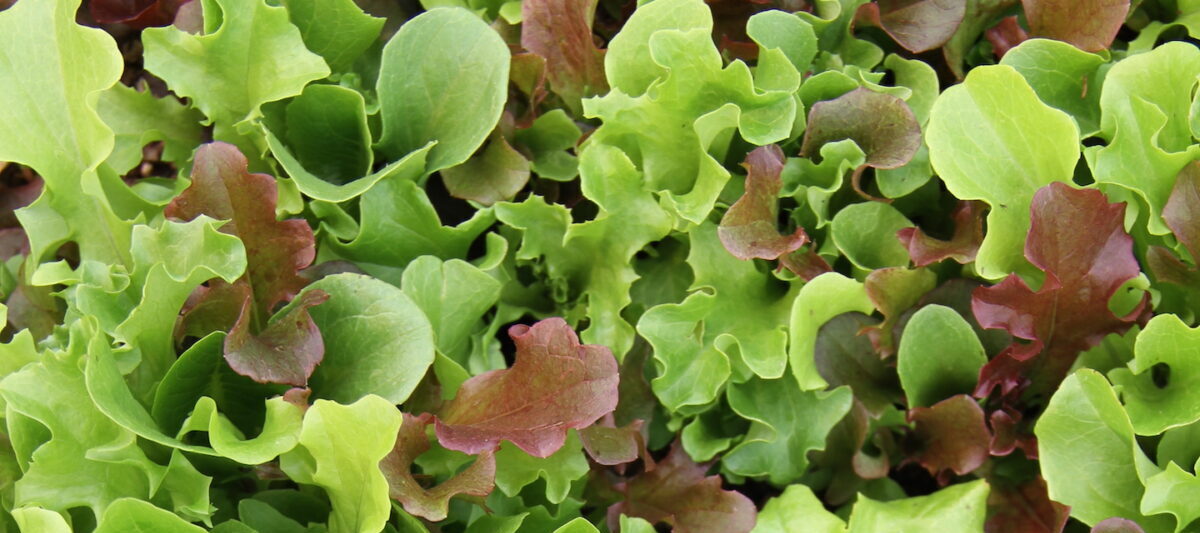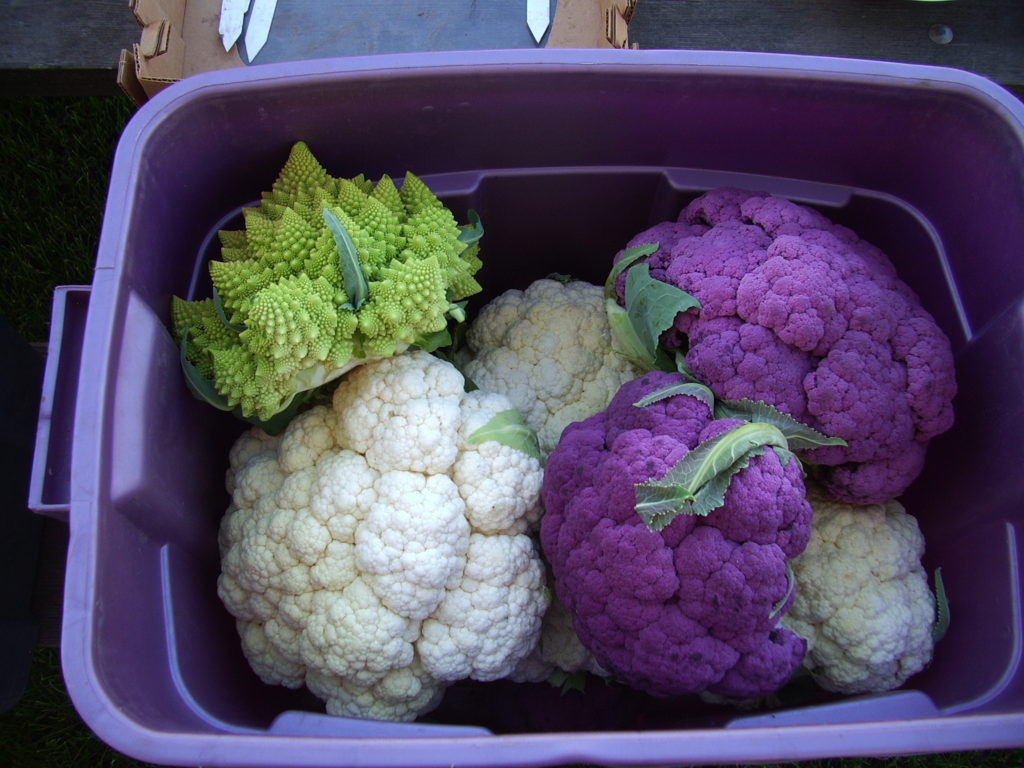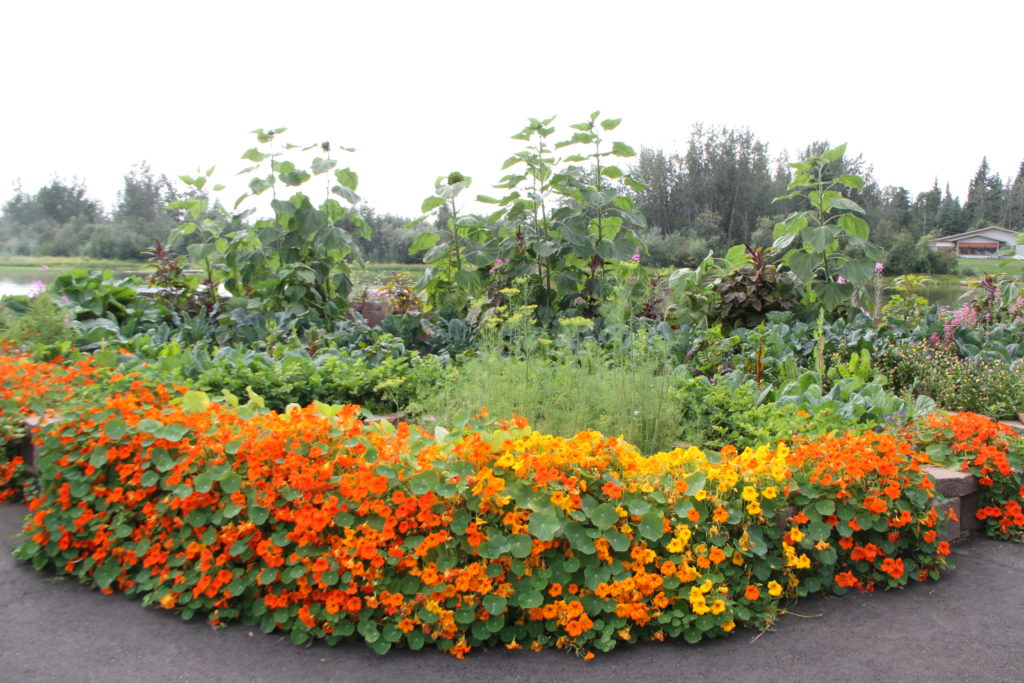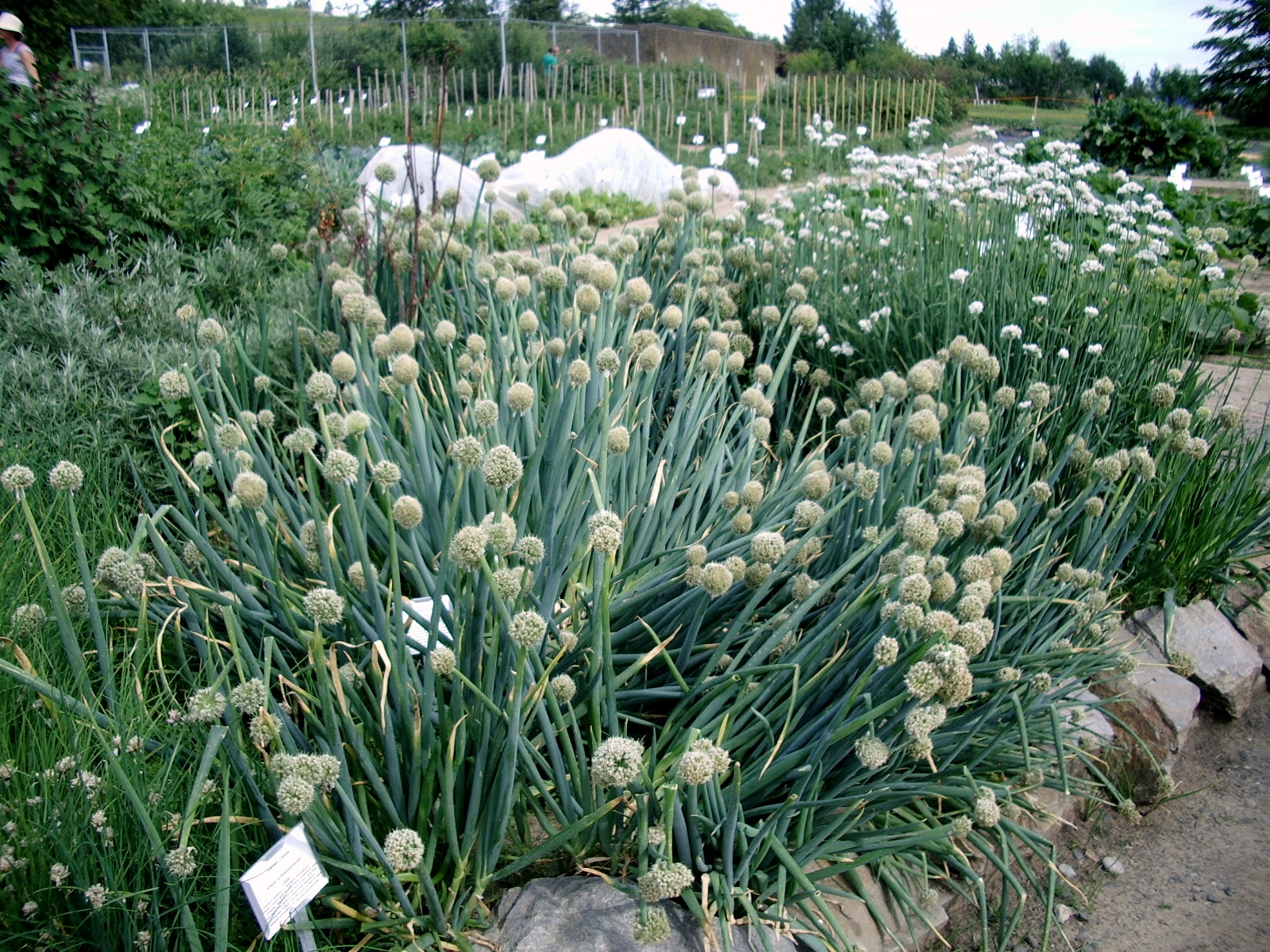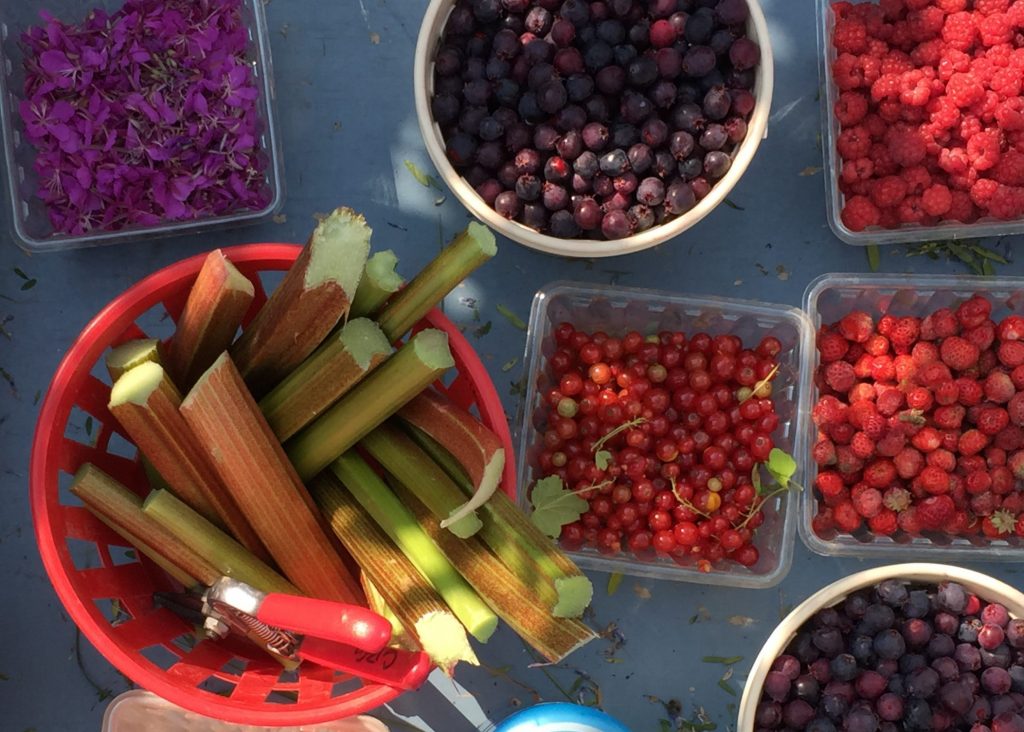Embarrassingly, given my job title, I’m terrible at starting seeds indoors. I blame it partially on my travel schedule and not being able to give the little seedlings the love and attention they deserve. It could also be because I have not been willing to buy the proper setup to start seeds. Maybe it is because I am not a perfectionist, and some indoor seed starting can be a bit tedious. Or it could be because I’m short on time.
I do pretty well throwing seeds in the ground (direct seeding) once the soil is warm enough. But my direct seeding technique would also benefit from more precision in that I would need to do less thinning and would likely have more productive crops overall as well. I’m looking at you carrots!
I am also a good customer at our local greenhouses and happily (mostly) pay for the cost of transplants, knowing it has saved me a lot of time, effort and failed attempts.
But this year, I wanted to give preseason seed starting my best effort. I tried four ways of starting seeds, first planting them on April 3rd because that’s when I had time.
- Traditional seed-starting soil with a heat mat
- Peat pellets
- Hydroponically (Aerogarden)
- Winter sowing


